Oxford, MS. It has been a year since the death of James Scott, and in all of the retrospectives that have followed in The New York Times, The Nation, and Foreign Policy it has proven no less difficult to critique, categorize, or claim this lion of the social sciences than it was in the reviews of his work from the American Political Science Association, the Cato Institute, or Occupy Wall Street. Of course the contributors to Freedom News were quick to claim the author of Seeing like a State as an anarchist, but the editors of Reason rushed along to wrap him in the flag of libertarianism, and, in The New Yorker, Nikil Saval summoned him as a spiritual father for democratic socialists.
It is not my place or my purpose to disagree with these characterizations of Scott, to defend him from his critics, or to develop another claim on the life, work, or legacy of a man so soon after his death. (In truth, I agree with all of these characterizations of Scott, and, in that sense, I agree with a lot of the criticism of his later work about the state after Seeing like a State, Two Cheers for Anarchism or, at least, Against the Grain). Rather, I want to follow another thread through the work of Scott that has not found as much of an audience with the commentariat (but might find more of one with FPR), and that is, the thread of “peasantism,” or perhaps better, agrarianism.
As others have said, Scott began to spin this thread in his first job in the Department of Political Science at Wisconsin in 1968, but as Scott himself told the Oral History Center (OHC) at Berkeley, the seed was planted as far back as his childhood in the market gardens of South Jersey, and the fruits would leave a far more bitter taste than others would wish from his time in Madison. In fact, as soon as Scott set foot on campus at UW, he did cultivate his interest in agriculture with his famous course on peasant revolutions, but he was also castigated by his students for not being “progressive enough” in the protests against Dow Chemical, Army Mathematics Research Center, and the Vietnam War (OHC 24). To that end, Scott would collaborate on a much less famous, but no less formative, course on agrarian reform at the Land Tenure Center. It was both of these experiences at UW—of the “Wisconsin Idea” as well as of 1968—that led Scott to take a critical view on development, but also on revolution, and, in the end, to become a “peasantist.” Or, again, in his own words, “I decided that the peasants were the most numerous class in world history, and if development didn’t mean something for them, fuck development” (OHC 24), and, later, “if revolution doesn’t work for peasants, maybe there’s not that much to say for it.” “I decided that I would devote my career, for the time being, anyway, to the study of the peasantry” (OHC 25).
It was against this backdrop, too, that Scott published the first of the series of works that would make him indispensable (or at least unavoidable) among political scientists, anthropologists, and social scientists the world over: The Moral Economy of the Peasant: Rebellion and Subsistence in Southeast Asia (1976), Weapons of the Weak: Everyday Forms of Peasant Resistance (1985), and, a few decades later, The Art of Not Being Governed: An Anarchist History of Upland Southeast Asia (2009). Again, I can’t do justice to all of these books here, but it will suffice to say that, while others have been quick to note the influence of Karl Polanyi and E.P. Thompson, especially on Moral Economy, for Scott it was the work of Marc Bloch and, above all, the work of A.V. Chayanov, the proponent of peasant cooperatives who Stalin and Molotov purged for his “defense of the kulaks” in 1937, that left a mark on his work and, in a far more literal sense, a mark on his life, in the portraits of them that Scott drew on the walls of his barn in Durham, Connecticut (OHC 113).
Indeed it was the work of Bloch, Chayanov, and, in a not-so-surprising twist for Porchers, Wes Jackson, that Scott took with him when he returned to New Haven, taught another now-famous seminar on agrarian societies with students including Paul Sabin, Louis Warren, and Kalyanakrishnan Sivaramakrishnan, and founded the Program in Agrarian Studies. Now in its fourth decade at Yale, the Program in Agrarian Studies was the first-of-its-kind in 1991, with classes and colloquia for students and scholars from across the social sciences, but it was Scott who would make New Haven an essential stopover for authors, artists, and activists no less than Wes Jackson, Alice Waters, and Michael Pollan when, in 1998, he published his most famous work, Seeing like a State.
Again, commentators from across the spectrum have made quite a lot of this book as a critique of the state, but much less has been made of it as a connection to the Program in Agrarian Studies or a keystone of the kind of agrarianism that can be found and followed throughout the work of Scott. In fact, in his interview with the Oral History Center, Scott called Seeing the place “where the agrarian studies program and my scholarship come together” (OHC 56) and “an effect of the Agrarian Studies Program” (OHC 57). But the same can be seen within the text itself, whether in his chapter on collectivization in the USSR, his chapter on “compulsory villagization” in Tanzania, and his comments in the introduction about his third case (on the TVA), or in his endnotes, where Scott cites, among other agrarians, Wes Jackson, Albert Howard, and, of course, Wendell Berry.
For all that, it is perhaps still predictable that commentators would neglect the peasantism, agrarianism, or critique of big ag for the anarchism, libertarianism, or the broader critique of the state in Seeing, Moral Economy, and more recent books like Against the Grain, but to do so is to miss a crucial part of that broader critique and, I would argue, the whole of the work of Scott. Indeed, the one commentator who came the closest to a neat characterization of Scott over the course of the last twelve months did so with a kind of carpet portrait of him as a peasantist, but he failed to follow the thread of his agrarianism through to its conclusion in the cooperativism of the Land Tenure Center, Chayanov, and Berry. Instead, that author, like a long line of others, fell back on the old critique, often forced onto agrarians, that Scott was a “romantic,” who peddled in “petty-bourgeois utopia” or, even worse, a “reactionary” who praised the “shopkeepers and smallholders” so pilloried by Lenin or, in a rather questionable use of the quotation, Napoleon.
Nothing could be further from the truth. Rather, in Moral Economy, Seeing, and all his work from UW to Yale, Scott was a scholar of reciprocity, collaboration, and a kind of stubborn agrarianism that is the opposite of romantic and a requisite of real, existing democracy. Let him rest in peace.
Image Credit: Robert Antoine Pinchon, “Working in the field” (1903) via picryl.


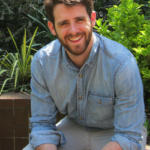
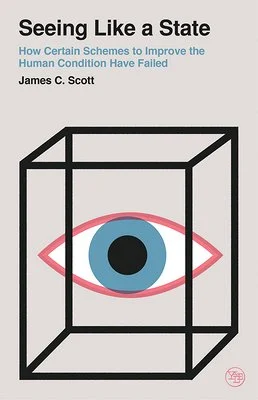
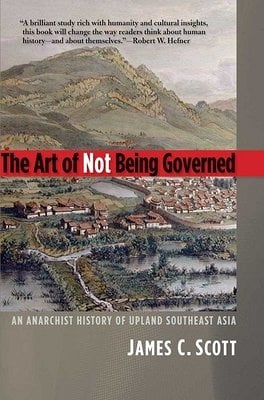
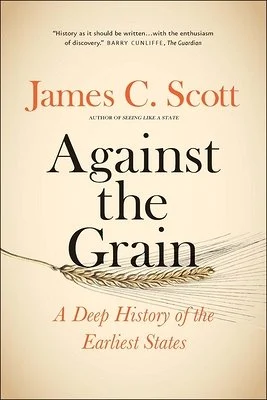
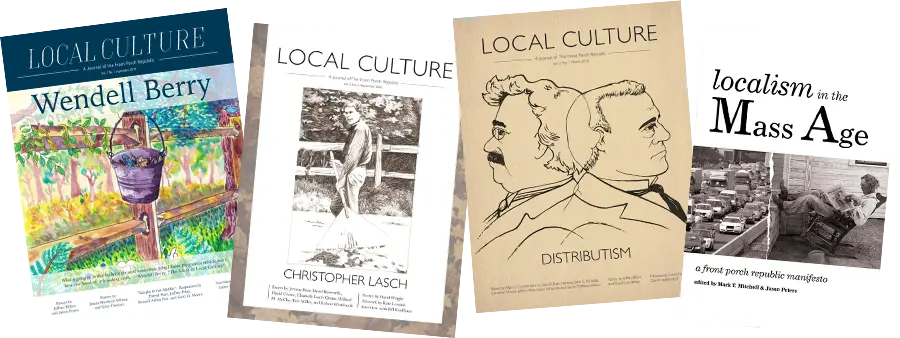
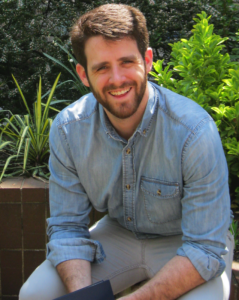
1 comment
Eric Dane Walker
Thank you for drawing attention to the fact that, among all the views Scott’s work manifests, we mustn’t overlook his agrarianism. Arguably, however, it would be interesting to go further: not just to identify the different views but to investigate lines of influence between them. Might Scott’s suspicion of states, for example, inform his agrarianism? Here’s how that might go.
No matter the form it takes, any modern, incorporated, bureaucratic system — the academy, the market economy, the state, the business corporation, the healthcare system, the agricultural system, etc. — can do the things it does, good and bad, only by constructing lossy but portable representations of judgments, understandings, perceptions, sensibilities, interpersonal relationships, loves, attitudes, hopes, fears, trust, and so on. Such representations emerge by stripping all of those things of variegated, heterogeneous, but consequential context, including folkways and traditions and other tacit but embodied customs. But the lossiness also makes the representations portable, legible without prior competence or apprenticeship, which is to the purpose of universalizing and wide distribution.
So in Scott’s idea there is a sort of lament. To the extent that we want to universalize good things, either by giving a rule a transparent articulation or by distributing the good things widely, to that extent we compromise the goodness of those things. It’s a lament about the perils of scale.
It seems to me that this lament is not accidentally related to any agrarianism Scott might espouse.